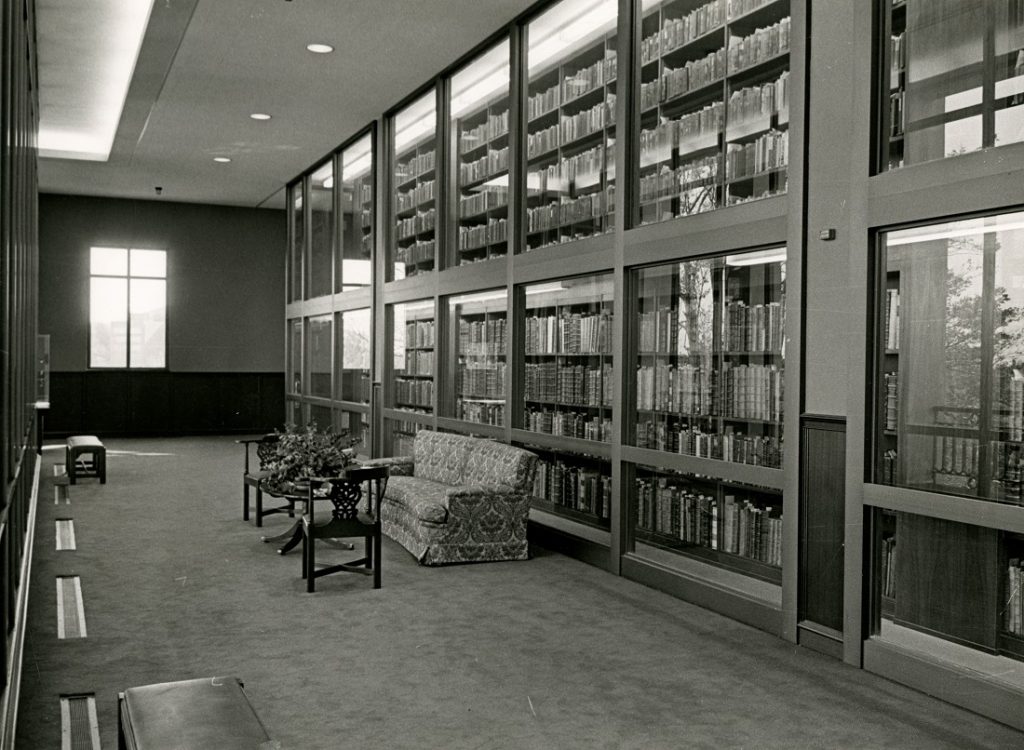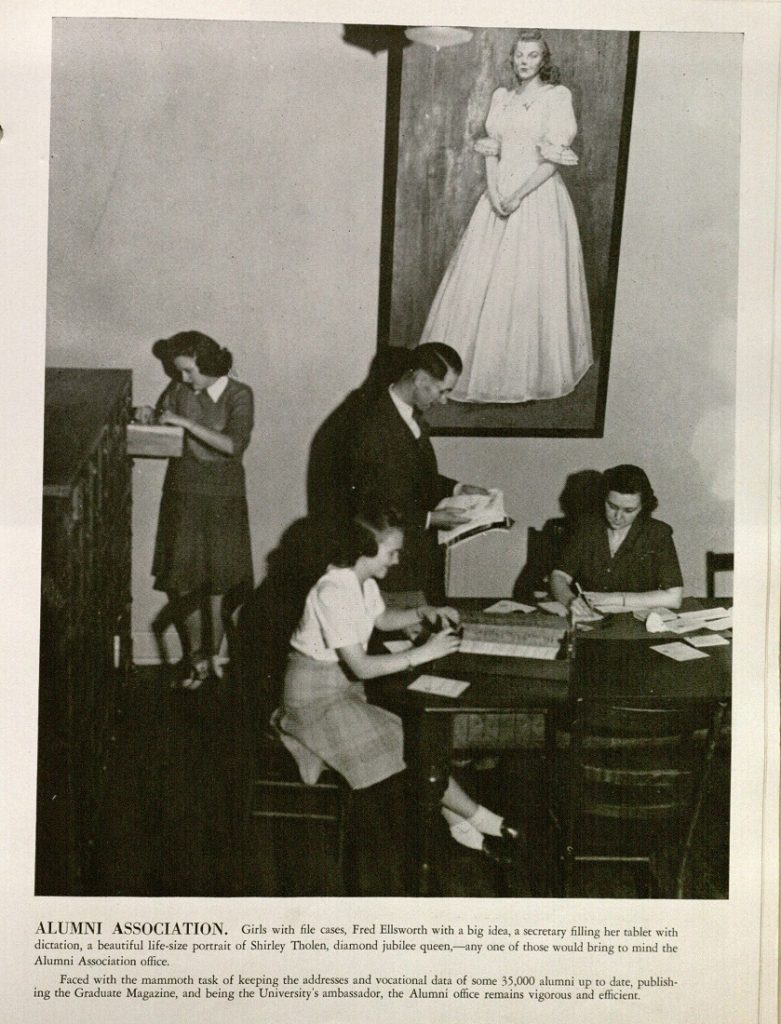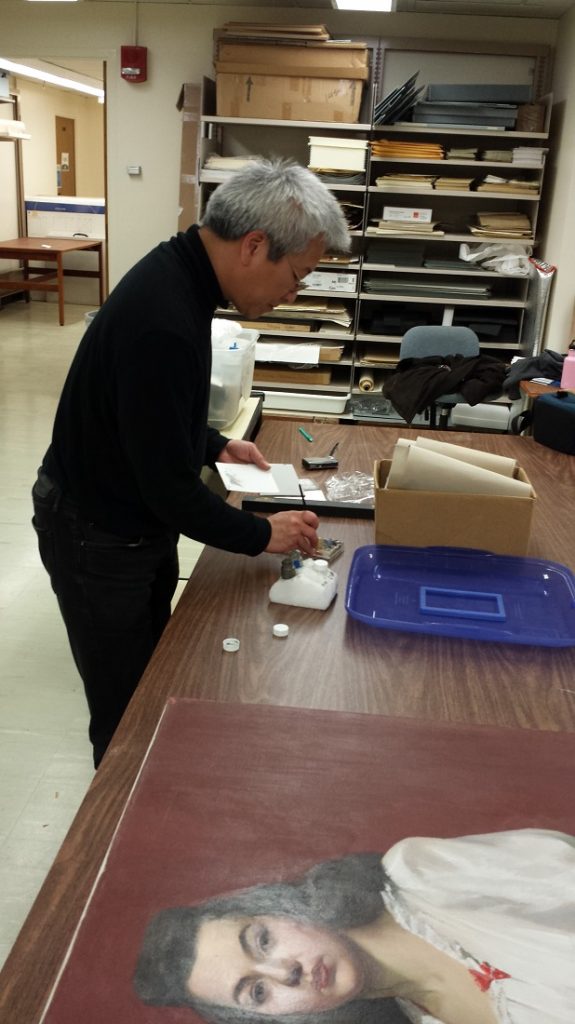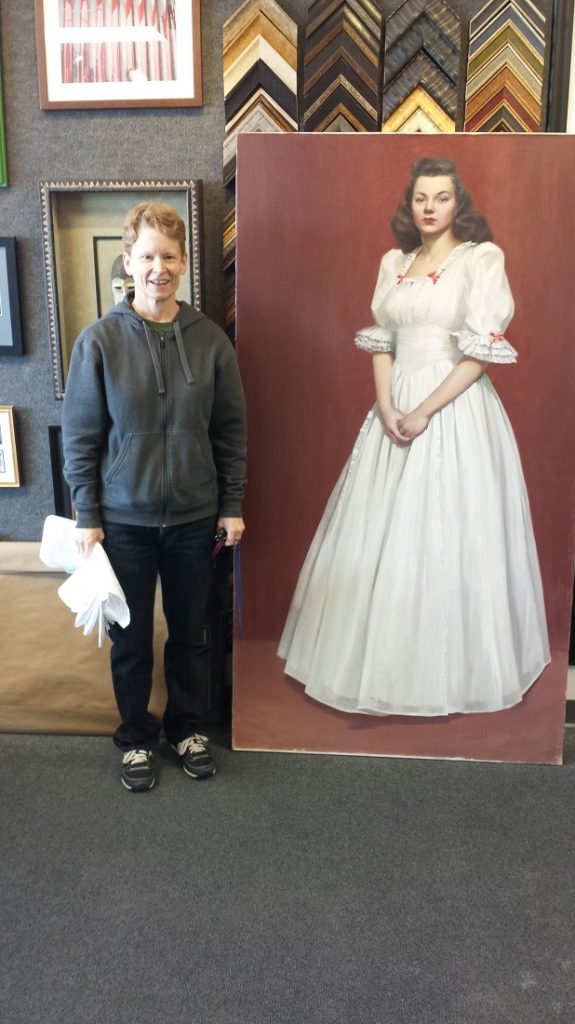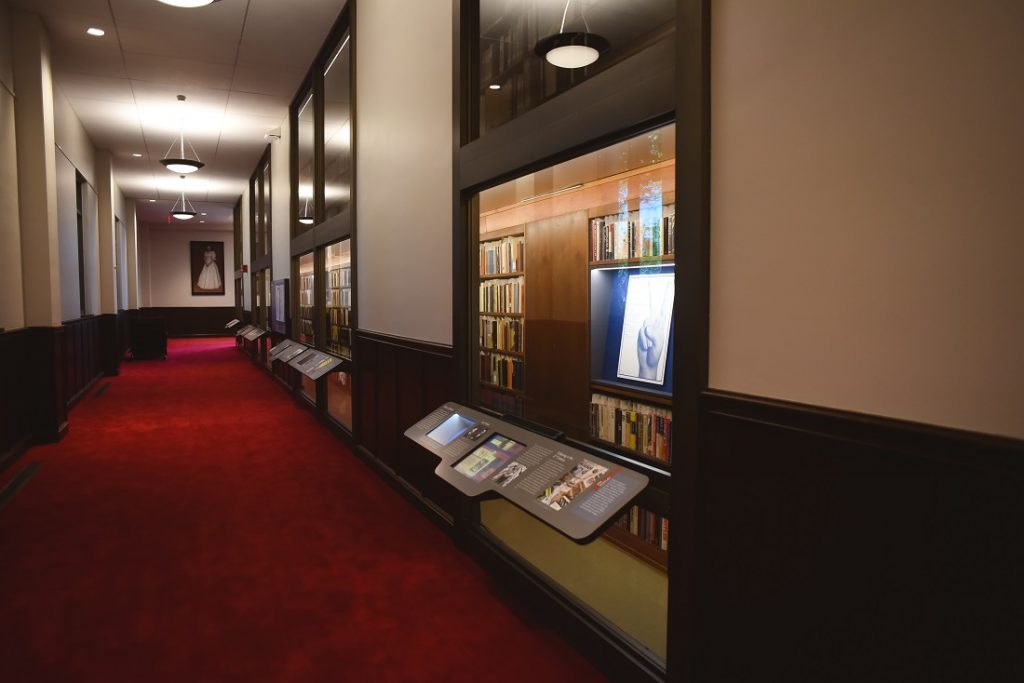Actually, there are many quality mannequins readily available through a variety of sources – but a good, affordable mannequin that is appropriately sized for a nineteenth-century male of small stature is, in fact, quite hard to find. We were in need of such a mannequin to display a Civil-War-era vest worn by John Fraser, who served as the second Chancellor of the University of Kansas from 1868-1874. Later this year the vest will be part of Spencer Research Library’s new North Gallery exhibit, which will transform that iconic space into a showcase for Spencer’s rich collections.
Chancellor Fraser’s cream-colored wool vest will be featured alongside his sword and scabbard in the University Archives section of the exhibit. A professional mount maker will fabricate the supports for the sword and scabbard, but we in Conservation Services were charged with finding or making an exhibit support for the vest. Our search for a ready-made mannequin of the right shape, size, and price for our needs proved unsuccessful, so we decided to make our own. It’s one of those “other duties as assigned” that presented a fun challenge!
In preparation for building the mannequin, I viewed a webinar about mannequin-making for conservators, and found a handful of blog posts and articles by non-textile conservators like myself who’d built mannequins. It was great to see what others in similar situations had done; their work helped me to form an idea of how to approach this project. I decided to carve the basic mannequin shape out of archival foam, then add more detailed shaping with layers of cotton batting, and finally cover the form with stretchy stockinette fabric.
Prior to starting, I measured the original vest and sewed a simple dummy version of it to use for test fittings along the way. I also printed out some images of torso mannequins from the web to serve as a point of reference for the basic shape. I found a T-shaped jewelry stand, originally meant for retail display, on Amazon to serve as the armature for the mannequin. It has a sturdy weighted base and adjustable height, and the price was right. I began building the mannequin by using hot-melt glue to affix three planks of archival polyethylene foam to the armature and sketching out a basic torso shape on the foam, then set to work carving with a foam knife.
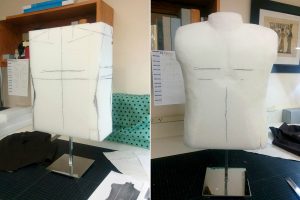
The mannequin before and after the first round of carving. Click image to enlarge.
At this point the mannequin needed more bulk in the chest, so I glued on more foam pieces and shaped them with the knife, then put the dummy vest on the form to see how the fit was progressing. You can see in the image below (right) that the vest doesn’t look quite right on the form at this stage.

Left to right: Adding more foam; the mannequin with bulkier chest; testing the fit with the dummy vest.
After yet another round of adding foam and shaping it down with the knife, this time bulking up the chest, abdomen, and upper back, the form began to take on a more natural shape and the dummy vest fit much better.

Left to right: More foam added to the mannequin; the front and back of the increasingly shapely torso; a better fit.
As the mannequin’s surfaces became more curved, attaching stiff foam planks became more difficult, so in order to do the last bits of shaping I applied built-up layers of cotton batting, again using hot-melt glue.
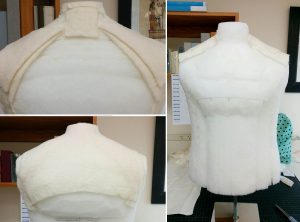
Shaping the back and shoulders with batting.
Now the mannequin was almost complete, but I wanted to be sure that the original vest, and not just its stand-in, would fit just right, so I brought the form and some supplies over to the University Archives, where the vest resides, to do the final fitting. I also brought along my colleague, collections conservator Roberta Woodrick, who has a background in textiles, to lend her eye and advice to this stage. We placed the vest on the form and identified a couple of places that needed a little more trimming with the foam knife. With the last adjustments made, it was time to cover the mannequin in stretchy stockinette fabric.
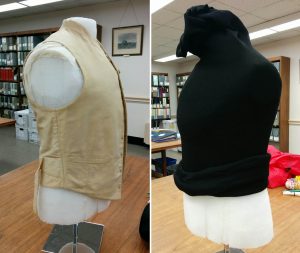
Left: Testing the fit of the original garment on the mannequin. Right: Covering the form with black stockinette fabric.
After trimming and pinning the stockinette at the neck and base of the mannequin, it was finally ready! I placed the vest on one more time to be really sure of a good fit.
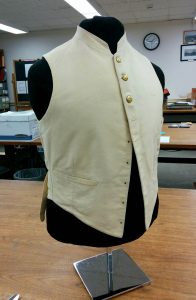
John Fraser’s vest on its new form for display in Spencer Library’s North Gallery.
The vest fits the form, but there is one feature of the mannequin that remains unfinished. The shiny base of the mannequin stand might be too shiny – it may be too reflective under the exhibit lighting – but we won’t know that until the gallery renovation is completed and we place the form in its new home. If it’s too reflective, we plan to cover it with remnants of the same fabric that will be used to line the display “niche” in which the vest will be exhibited. However, if the consensus opinion is that the shininess is acceptable, we’ll simply polish away the fingerprints and the mannequin will be ready to go!
Angela Andres
Special Collections Conservator
Conservation Services

